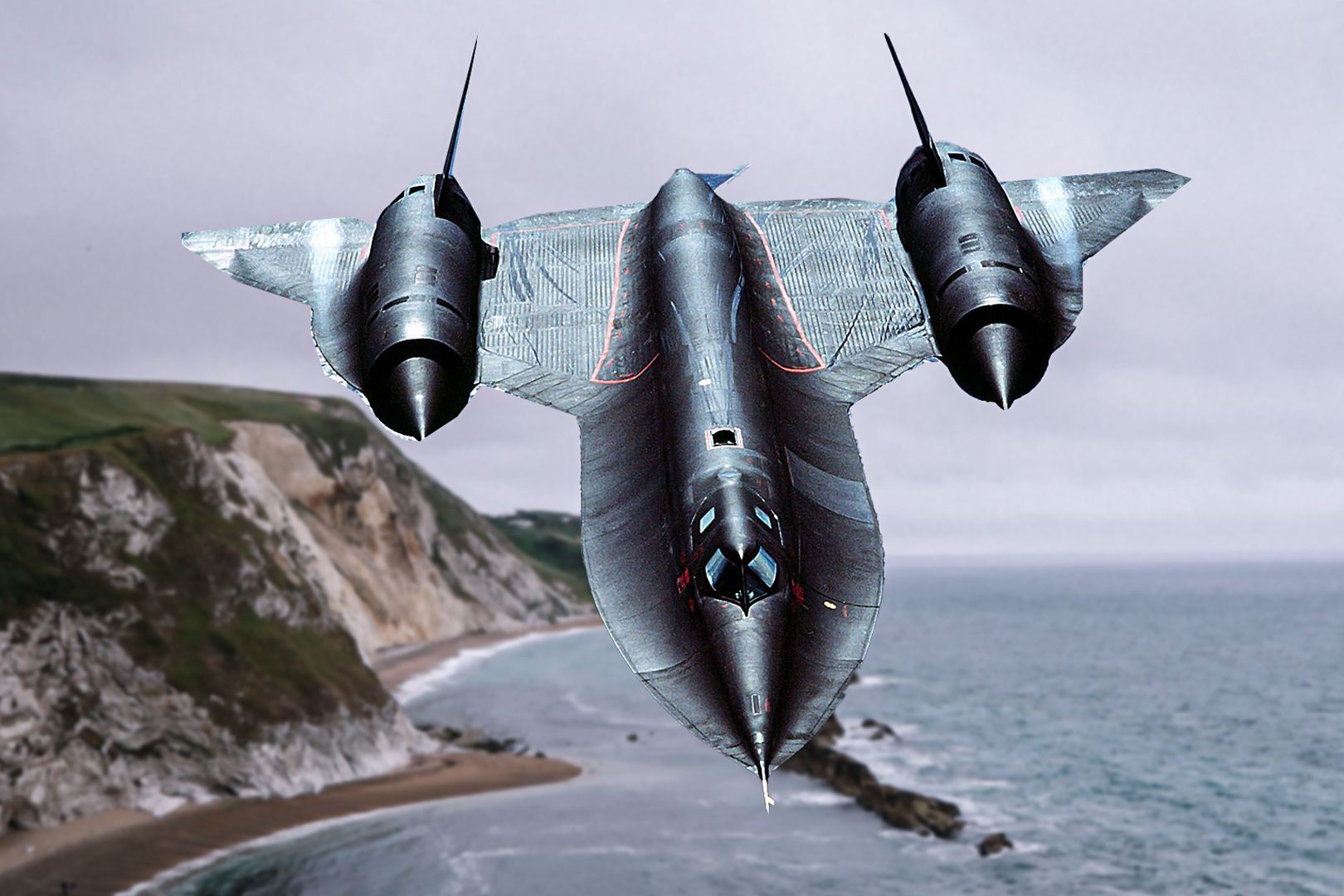Summary The iconic U-2 Dragon Lady spy plane is set to retire in 2026 after entering service in 1956. The SR-71 Blackbird was a marvel of US Cold War engineering, flying globally with impunity at Mach. Lockheed's A-12 Oxcart was built as a speedy, high-flying reconnaissance aircraft for the CIA in the 1960s.
Reconnaissance and espionage have always been priorities of militaries. The United States has long sought to gather as much intelligence on its adversaries as possible. During the Cold War, the US Air Force (and CIA) could operate many of the world's most advanced spy planes - such as the SR-71 Blackbird .

Today, the Air Force (and CIA) continue to operate spy planes , although more and more of the role is being fulfilled by stealth drones and satellites. 1 U-2 Dragon Lady 104 Lockheed U-2 Dragon Ladies were built Entered service: 1956 Operated by: US Air Force, CIA, NASA, CIA via Taiwan Retirement: 2026 (planned) The U-2 Dragon Lady has become one of the most recognizable symbols of the Cold War. Famously, the Cold War almost got hot and out of hand when an American U-2 Dragon Lady was shot down over Cuba during the Cuban Missile Crisis, killing Major Rudolf Anderson Jr.
More U-2s were shot down over China , although they were officially under ROC (Taiwanese) control with CIA backing. The U-2 was first built in the 1950s and remains in service. It is now one of the oldest aircraft in US Air Force service .
The US has widely used it to gather information over hotspots and peer adversaries around the world. However, the days of the U-2 spy plane are finally coming to an end, with the last scheduled to be retired in 2026. The Dragon Lady and the Blackbird were high-altitude reconnaissance aircraft used by the USAF and NASA.
2 SR-71 Blackbird 32 SR-71 Blackbirds were built Entered Service: 1966 Operated by: US Air Force, NASA Retirement: 1989 (and again in 1998) The SR-71 Blackbird is considered a marvel of US Cold War engineering. The National Air and Space Museum states , " No reconnaissance aircraft in history has operated globally in more hostile airspace or with such complete impunity than the SR-71, the world's fastest jet-propelled aircraft. The Blackbird's performance and operational achievements placed it at the pinnacle of aviation technology developments during the Cold War .
" The SR-71 accumulated around 2,800 flight hours over its 24 years of active service for the US Air Force. Built by Lockheed, it was able to fly at Mach 3+ for long ranges and at high altitudes. It was developed as a black project by Lockheed's famously secretive Skunk Works.
The SR-72 "SOB" sounds great in theory (and looks great in the movies). So what are the hurdles keeping it from becoming a reality? 3 Lockheed D-21 38 Lockheed D-21 drones were built Entered Service: 1969 Operated by: US Air Force, CIA Retired: 1971 While drones are all the rage now in air forces around the world, they are nothing new. The Lockheed D-21 entered service in 1969 as a supersonic reconnaissance drone for reconnaissance deep in enemy airspace.
It boasted a max speed in excess of Mach 3.3 and was able to operate at an altitude of 90,000 feet. It was also a parasite drone launched from a Boeing B-52 Stratofortress mothership.
The D-21 was able to carry a single high-resolution photographic camera over a preprogrammed route and then release the camera module into the air for retrieval. The drone would then self-destruct. Film cameras, preprogrammed paths, single-use spy drones show just how much technology has developed since then.
There are persistent rumors that the US Air Force could have one or more secret ISR platforms. 4 RB-57 Canberra 20 RB-57D surveillance models of the Canberra were built Entered Service: 1954 Operated by: US Air Force, NASA, CIA via Taiwan Retired: 1960s According to NASA , the RB-57 Canberra's inception dates back to the war years of 1944 when English Electric Company Ltd got into the business of designing airplanes with the first B-57 Canberra flying in 1949. It was later produced in the US under license as a tactical bomber and reconnaissance aircraft for the US Air Force.
While many Canberras were extensively used to drop bombs in the Vietnam War, it also had a specialized high-altitude aerial reconnaissance variant - the RB-57D Canberra. The RB-57D Canberra entered service in 1954 and was used prior to the introduction of the iconic Lockheed U-2 spy plane. The Canberra was also built as an electronic warfare aircraft.
More than 400 Martin B-57 were produced for the USAF. 5 Lockheed A-12 Oxcart 15 Lockheed A-12 Oxcart were built Entered service: 1963 Operated by: CIA Retired: 1968 (only flew one reconnaissance operation) The Lockheed A-12 Oxcart as a highly secretive aircraft built to be the successor of the U-2 spy plane (which is still in service). According to the CIA , it was " intended to meet the nation’s need for a very fast, very high-flying reconnaissance aircraft that could avoid Soviet air defenses.
" While the Oxcart would not replace the U-2 Dragon Lady, it was the forerunner to the SR-71 Blackbird. The A-12 Oxcart used cutting-edge innovations in titanium fabrication, jet engines, fuel, flight control, radar stealthiness, electronic countermeasures, and more. It was able to fly at high altitudes at Mach 3+.
Like other spy planes, it was built by Lockheed's secretive Skunk Works for the CIA. While it didn't fly for very long (only between 1963 and 1968), it paved the way for Skunk Works to take the next step in spy plane innovation..



















